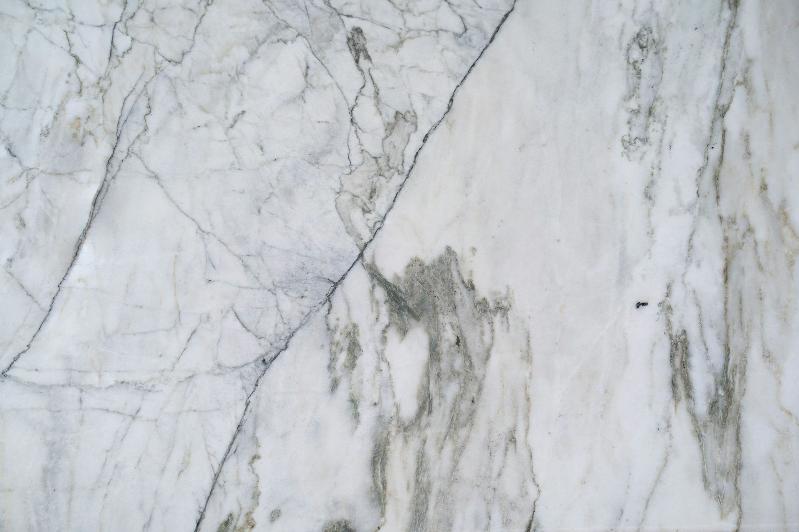From Quarry to Bathroom: The Journey of a Marble Bathtub
Marble adds a luxurious touch to any home, and it’s easy to see why this natural stone has been a favourite for thousands of years.
Do you know where marble
comes from? This refined material is formed by intense pressure and tectonic
movements within the Earth’s crust. So, not only does marble have a unique
surface, but its creation is also spectacular.
This article looks at Riluxa’s opulent marble bathtub process and how limestone travels from the quarry to the bathroom. This is all the information you need to create your perfect bathroom in one place.
The Basics: All About Marble
Marble is a special material that can elevate the look of any bathroom. But at the beginning of this stone’s life, it looks slightly different from the polished marble we know and love.
Below is a quick overview of the marble used for Riluxa’s baths.
How is Marble Formed?
Marble is a metamorphic rock created by a series of changes (metamorphosis). When limestone (or dolomite) rock experiences extreme pressure and heat near igneous granite, recrystallisation of the carbon minerals in the rock occurs. This turns the fossilised minerals in the limestone (plus any extra carbonate minerals) into calcite.
This extraordinary process transforms limestone into the marble that the world adores.
Why is Marble Patterned?

Marble is known for its swirls and flowing patterns. These are created from the process detailed above, where the mineral deposits in the stone react to heat and pressure.
For example, marble with limonite looks yellow, serpentine marble appears green, hematite marble has a red hue, and calcite marble exudes a pure white colour. It's all about the minerals here!
Where is Marble Found?
Marble is found in quarries worldwide. However, Riluxa uses the world’s premier quarries in Tuscany, Spain, Iran, and Brazil. Though we can source marble from virtually anywhere in the world, the Riluxa team focuses on Carrara marble from Tuscany, Blue Macauba from Brazil, Pietra Grey from Iran, and Crema Marfil and Nero Marquina from Spain.
How Marble Bathtubs Are Created
Here is Riluxa’s step-by-step process of creating a luxury marble bathtub.
1. Mining the Marble

The first step to creating an elegant marble bathtub is extracting the rock from the ground. Marble is mined in quarries, and the exact mining method differs depending on the location. Riluxa focuses on premium quarries in Iran, Tuscany, Brazil, and Spain.
Marble mining is usually done via vertical cuts to create a marble block. Marble blocks are usually cuboid in shape and are around 2 to 3 metres long. Their width is often approximately 1.2 to 1.5 metres.
Once mined, Riluxa transports the exquisite marble slabs to our production facilities in Valencia, where our accomplished stone artisans begin the carving process.
2. Cutting the Marble
Once the marble arrives at the Valencia manufacturing plant, it’s cut into smaller pieces using a block or multiwire cutter. The method depends on whether the marble will be used for Riluxa baths, sinks, or shower trays.
Multiwire cutting involves diamond wires with the power and accuracy to cut marble into vertical pieces. For one standard-sized block, this process takes around eight hours, and manufacturers prefer multiwire cutting for larger blocks.
Smaller blocks undergo block cutting. Block cutting causes a diamond saw blade to slice smaller marble pieces into vertical pieces.
3. Sculpting the Marble
Now the blocks are cut into workable sizes, Riluxa’s skilled artisans start carving the bathtub shape. This is usually done by hand to ensure a perfect shape and a precise finish. Our Valencia-based artisans sculpt both the bathtub’s interior and exterior surfaces.
Whether you’ve chosen Carrara marble from Tuscany or Blue Macauba from Brazil, you can rest knowing that only experts with years of experience are involved in the crafting process.
4. Polishing the Marble
When the bathtub’s shape is perfected, the marble is polished to achieve the famous marble look. The polishing process uses water and abrasive materials to smooth and enhance the surface of the marble. It brings out the stone's stunning colours and patterns from minerals.
Riluxa marble bathtubs are made to measure and various luxury finishes are available. We offer a honed finish as standard, and you can explore other options with our experts as required.
5. Finishing the Marble
Once complete, finishing touches, such as drain holes, tap holes and any other decorative features are added to the marble bathtub. Riluxa’s experts also meticulously apply a protective sealant to safeguard the stone’s beauty and integrity.
The bathtub will then undergo rigorous quality control checks to ensure it meets both quality and safety standards.
A Luxury Marble Bathtub For Your Home
Riluxa’s Marble bathtubs are a stunning addition to any bathroom, and understanding their meticulous creation process in our Valencia workshop makes them even more remarkable.
At Riluxa, we offer a selection of sophisticated marble bathtubs to ensure your bathroom has an unparalleled sense of luxury. Our Zurich Freestanding Marble Bathtub is available in Pietra Grey, Nero Marquina, and Carrara, allowing you to customise your space with various premium materials.
Explore our freestanding marble bathtubs today. Or take a look at our marble bathroom basins.